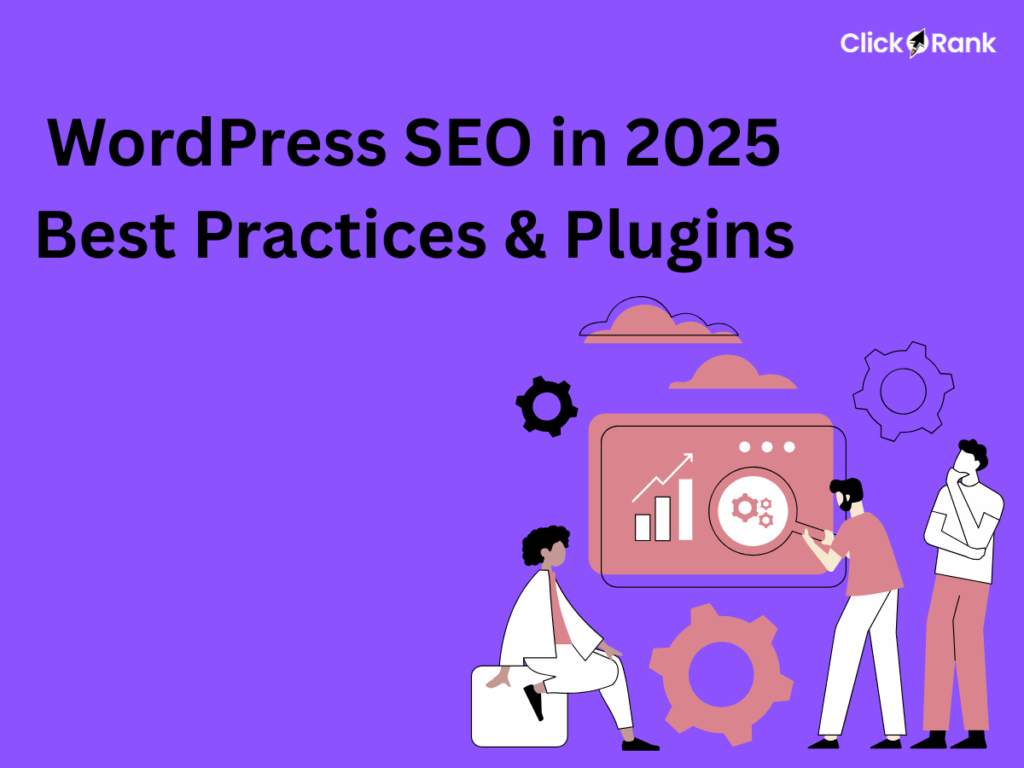In 2025, people aren’t just typing searches into Google; they’re asking their smart speakers. Whether it’s Alexa, Google Home, or Siri, voice assistants have changed how we look for information, and that shift is only growing.
With an estimated 8.4 billion voice assistants in use globally and 20.5% of people worldwide using voice search, optimizing for conversational queries isn’t just a trend; it’s a necessity. If you want your website to be the authoritative answer Alexa, Google Home, and Siri provide, you need to speak their language. And that language is voice-search schema markup.
Voice Search in 2025: Stats You Need to Know
The numbers don’t lie. Voice search is deeply embedded in daily routines:
- 72% of people have used voice assistance in the past 6 months.
- 76% of smart speaker users perform local voice searches at least weekly, often to find businesses.
- 51% of voice search users research products, and a significant portion even make purchases directly via voice.
- Google Assistant accurately understands queries 100% of the time and delivers the correct answer nearly 93% of the time, making precise data crucial for appearing.
These statistics paint a clear picture: if your content isn’t optimized for voice, you’re missing out on a massive and growing audience.
The Schema Markup You Need for Voice Search
To appear in voice search results, your website needs to provide structured data that smart speakers can easily understand and read aloud. The two primary schema types that are invaluable for this are:

- Speakable Schema (Speakable property): This markup tells search engines which sections of your content are most suitable for text-to-speech conversion. It highlights specific paragraphs or elements that can be efficiently read aloud by voice assistants, making it ideal for news articles, blog posts, and informational pages where you want a concise answer to be provided.
- FAQPage Schema (FAQPage and Question / Answer properties): If your page features a list of frequently asked questions and their answers, FAQ schema is your golden ticket. Google frequently pulls answers directly from well-structured FAQ content to respond to voice queries, often resulting in “rich snippets” or direct answers in the search results themselves.
How to Implement Speakable & FAQ Schema (with JSON-LD)
Both Speakable and FAQ schema are typically implemented using JSON-LD (JavaScript Object Notation for Linked Data), Google’s preferred format for structured data.
Example 1: Speakable Schema for a Blog Post Excerpt
Example 2: FAQPage Schema for a “Contact Us” Page
Implementing this manually can be tedious, requiring precise coding and ongoing maintenance. This is where automation becomes your secret weapon.
Generate Voice-Search Schema in One Click with ClickRank.ai
Manually setting up schema for voice search can get technical fast, especially when working with JSON-LD code. That’s why we built ClickRank.ai to simplify the process.
With ClickRank, you don’t need to touch a single line of code. The platform reviews your site’s content, spots opportunities to apply Speakable and FAQ schema, and adds the necessary markup for you. It picks out the most relevant sentences to read aloud for voice search and structures your FAQ content correctly, so smart speakers and search engines can easily interpret it.
All of this can be done in just a few clicks, saving you the time and hassle of figuring it out manually.
How to Track Voice Search Performance
Adding schema is just part of the strategy, it’s also useful to know if your content is actually being picked up in voice search results. While there’s no perfect metric labeled “voice search traffic,” there are a few ways to get a good sense of it:
- Google Search Console: Check the “Queries” report and filter for natural, question-based searches like “how to,” “what is,” or “best ways to.” These types of queries are often made via voice.
- Google Analytics 4: While GA4 doesn’t label traffic as “voice search,” you can cross-reference mobile traffic and content with high engagement but low impressions; those might be surfacing through voice answers where the user hears your content but doesn’t always click through.
- SERP Features: If your pages are showing up in featured snippets or the People Also Ask section, there’s a good chance they’re also being used for voice responses.
It’s not an exact science, but tracking these signals helps you understand whether your schema efforts are paying off.
Get Your Content Ready for Voice Search
Voice search is no longer just a trend, it’s how more and more people find information every day. If you want your content to show up on Alexa, Google Home, and other smart devices, you need to structure it in a way they can understand.
When you add Speakable and FAQ schema, you help search engines and voice assistants pick the right parts of your content to answer users’ questions. It’s a simple step that can make a big difference.
If you don’t want to deal with the technical side, ClickRank.ai makes it easy. The platform scans your content, identifies the best sections to mark up, and applies the correct schema automatically. You just focus on creating great content, we’ll handle the rest.


